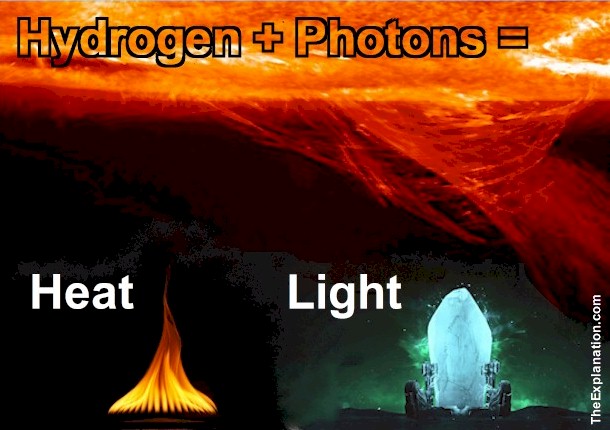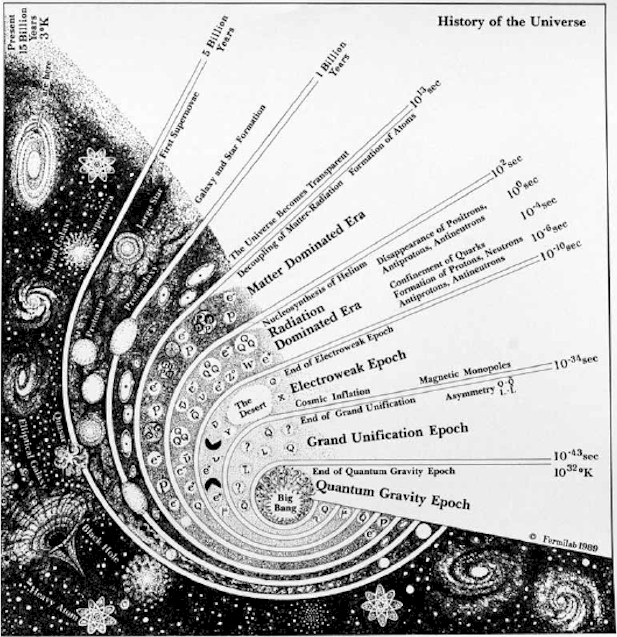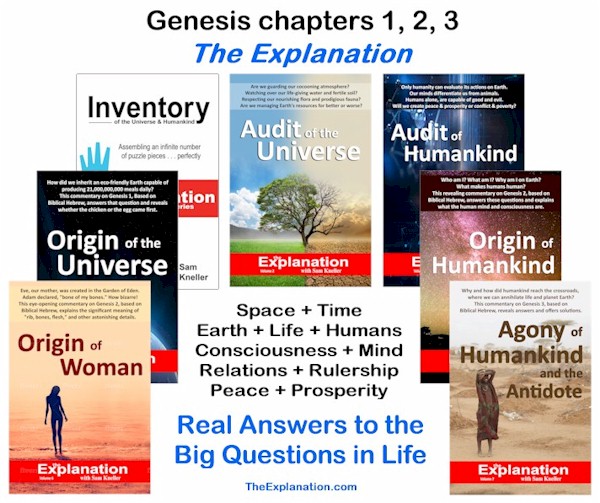Contents
Hydrogen and photons: The simplest of atoms and the fastest moving elementary particle confer heat and light to the Universe. They are part and parcel of the puzzle of Life.

Hydrogen and Photons, some of the basic elements and particles give us the Heat and Light that Earth needs for Life.
Imagine embarking …
We’re traveling through a foreign yet familiar landscape. Galacti is waiting as your tour guide. You feel a bit awkward trying to communicate, because as yet you barely speak the language. You’ll have help to interpret the attractions and destinations we’ll see on our tour.
(chapter 2.1-3)
We’re taking a short trip into the macro- and micro-universes around us in order to give us the out-of-the-universe view that allows us to see our sublime surroundings.
Bear in mind that the “microworld” initiated by the Big Bang was a highly structured, highly complex pinhead. We have explored a bit of that territory already. However, like an explorer caught in the jungle and discovering only small parts—naming trees, rivers, and ruins, for example—we don’t have the complete picture.
We are taking a reading trip to a destination: The Explanation. We’ve left port and are heading to our objective. We have a specific route to follow in order to arrive at that one point a long way away—a destination we can’t see.
Welcome aboard as we whisk through the billions of years since the Big Bang to reach planet Earth’s atmosphere. Galacti is following us as our redoubtable tour guide.
The Big Bang’s first seconds and minutes
To recap what our tour has already shown us: The pinhead leads to an exploding seething mass > elementary particles > cooling > strong force > composite particles > electromagnetic force + weak force > atoms > hydrogen > expansion > gravity. Such is the scenario explored in this diagram:

History of the Universe. From quarks to quasars, from elementary particles to eons of time.
Galacti shows off the hydrogen atom, which is once again a major point of interest on our tour. It is the first (and simplest) atom, with one proton in its nucleus and one orbiting electron.
In Galacti’s hands, we can see that the hydrogen atom is the “sparkiest”—or the most combustible—of all the elements. To illustrate what life would be like without the hydrogen atom, Galacti leads us from the atomic level into the Challenger Deep inside the Mariana Trench. This is the deepest, darkest point in the ocean.
You can’t feel any heat or light, and you can’t breathe. You are in the “midnight zone.” Now imagine that you have jumped from the ocean back through time and space, and you can once again see that hydrogen atom giving heat and light. Inside the ocean, you swam inside cold and darkness.
Normally, cold and darkness are synonyms for death and destruction, and heat and light are life-givers.
You see heat and light all around you as gravity spins hydrogen into gold.
Stardom
Drama unfolds. Light and heat photons, elementary particles/waves that carry radiation, wage their own quiet struggle and escape the strong force Houdini-style after 300,000 years.
Picture a subatomic particle/wave wearing a little straitjacket and then after 300,000 years, bam! You’ll have to use your imagination to “see” further than 300,000 years ago, since even the outer-space Hubble Telescope can’t get past that time barrier. There was no light before the photon’s escape.
After that 300,000-year mark, the photon streams out of the expanding “soup” at the speed of light: 300.000 kilometers per second. It is the fastest moving of all the elementary particles.
You can see them clearly, however, from your tour vantage point. Some are vibrating at a light-giving, visible frequency while others vibrate at a higher heat-radiating frequency. Now imagine yourself on a beach in Hawaii at dawn.
You can better appreciate the lush scenery thanks to photons, which give us daylight. You see different photons bounce off different surfaces as different colors—blue-green for the ocean, golden for the sand, black for the volcanic sand, and pink or red for the dawn.
Thanks to photons, you feel the warmth of the Hawaii sun (the temperature is twenty-eight degrees Celsius all year round) or the crackle of a luau fire later that night. But we’re getting a little ahead of the story, because 300,000 years after Big Bang there are no surfaces or luau fires.
We do have the first stars—out of which our surfaces come as gravity has pulled the hydrogen into spiraling balls of fire—and the first shining, radiating stars are born. Our locale is beginning to look like a universe.
The Explanation Blog Bonus
Here’s a very short but instructive video of how hydrogen produces different color light, heat and even the invisible rays of the light spectrum. Click on this link and then the arrow to start the video.
Dig Deeper into The Explanation
Online Study Courses to Uncover the Mystery of Adam and Eve’s Nakedness… with no fuss. Free video mini-course revealing the God-intended meaning of Scripture via Biblical Hebrew. It’s so easy, it’ll blow you away. Join now and add new motivation to your Bible study.
Join The Explanation Newsletter to stay informed of updates. and future events. No obligations, total privacy, unsubscribe anytime, if you want.
The Explanation series of seven books. Free to read online or purchase these valuable commentaries on Genesis 1-3 from your favorite book outlet. E-book and paperback formats are available. Use this link to see the details of each book and buy from your favorite store.

Since you read all the way to here… you liked it. Please use the Social Network links just below to share this information from The Explanation, Hydrogen and photons: Unbelievable Heat and Light givers



Let’s Connect!